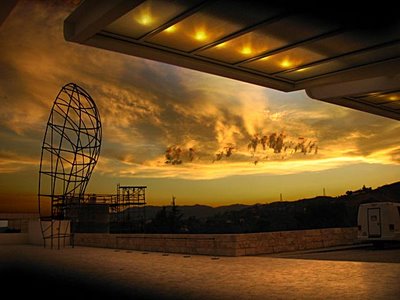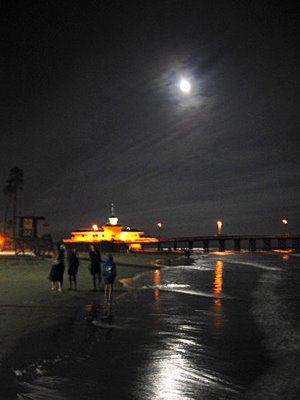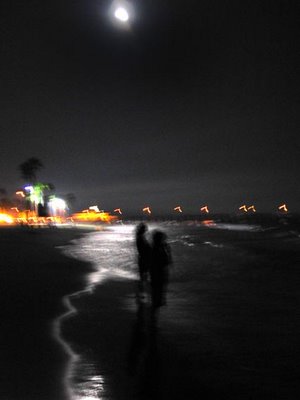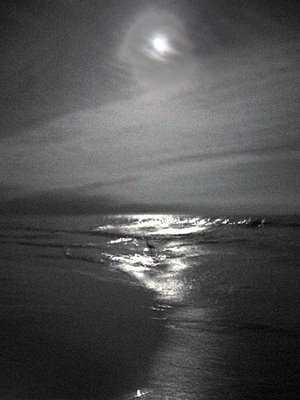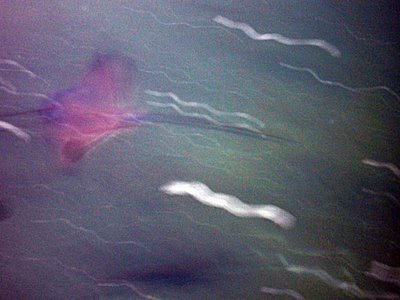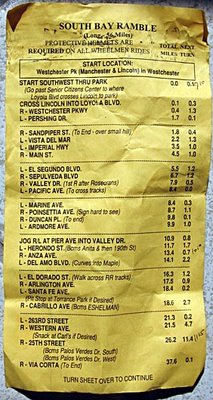
One of my plans for later this summer is to ride in the annual Cool Breeze Century, up in Ventura and points north. It's a gorgeous ride, up and down a few hills, between dozens of flower nurseries, and along one of my favorite stretches of Highway 101, which runs along a stretch of crashing surf south of Santa Barbara.
I've done the ride before.
For a cyclist, a "century" ride--100 miles--represents something like a runner's marathon. Cycling and running take somewhat different tolls on the body, but riding a century takes stamina similar to running a marathon. Since spring, I've been building up, pretty casually, with longer and longer rides: 25, 35, 45, 70 miles. When I don't have time to ride 45 miles after work, I still try to squeeze in 12 or 15 miles before the sun goes down.
In the past I always trained alone. This year I've been using my training schedule to take advantage of some of the organized rides in the area, meeting fellow cyclists and trading stories and plans. I rode in the L.A. Marathon ride early in the season, then the "Tour de Sewer" on the Los Angeles and San Gabriel rivers, then the Los Angeles River Ride the day after I got back from a longish car trip. It felt good to stretch my legs.

As the Cool Breeze ride draws near, I've also been tuning my bike somewhat--fixing loose spokes, making sure the chain is greased. The first time I rode in the Cool Breeze, I had to go get a bike rack for my car so I could get there without taking any wheels off. As summer winds along, I've been going on shakedown rides, checking to see if the equipment and the rider are working the way they're supposed to. Are the bottle holders in the right spots for easy access? Are my legs cramping as I get to the end of the ride? How does my butt feel about this seat position? Do I need gloves? If I change my riding position, do my shoulders hurt less the next day?
Today was probably my last major prep ride before the big ride August 19. I have two more weekends to get ready; I may attack some more hills or shoot for another endurance ride before I head for Ventura, or I may just take it easy and do lots of shorter rides to keep in shape.

Today I started in the LAX airport area and rode south to Palos Verdes Peninsula, which I can also get to by riding north (or west) from my house. This ride was put together by the L.A. Wheelmen, and I liked it because of its length (56 miles) and its hills (1700 feet of climbing, scattered over the course). We rode around the peninsula (a route I've never done on my own, though I've been tempted) and then back up to LAX. So I got to see some new roads, and now I know a good route to take from my home as far as LAX, which means if I wanted to visit friends in Venice, now I can.
I felt pretty good about the ride, during and after it. I still have some tweaks for the bicycle, but the rider is probably ready to survive a century in three weeks. I'd like to improve my speed a little, but I'm not too uptight about it. I generally figure I can count on 12 mph on a new route, including stoplights, slowdowns to figure out navigation, pit stops, photo stops, and other distractions.
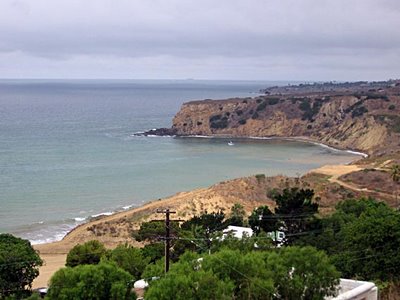
To give you a comparison, it's common for the professional riders in the Tour de France to average 25 mph (40 km/h) over a course that often runs longer than 100 miles--up and down Alps. I'm not trying to be in that league. (I also probably outweigh the heaviest rider in that race by 80 lbs., which means I get that much more exercise every time I drag my carcass over the crest of one more hill.)
Of course, the best part of the ride is getting done with it and going into nutrient replenishment mode. Any sustained exercise tends to deplete fluid levels, as well as sodium, magnesium, potassium, and glycogen, which is stored in the liver to convert into blood sugar when needed for energy. Along the way, I drink water and Gatorade to make up some of the loss, as well as munching Clif bars to keep me going.
This is part of a training ride: figuring out how much is the right amount to keep the tank fueled and the legs pumping, without overeating and starting to feel sluggish. Last time I rode the Cool Breeze, I overdid it at the first few rest stops, figuring more nutrition was better. By the last 60 miles or so I'd figured out my legs would do better if I wasn't carrying too much in my stomach.
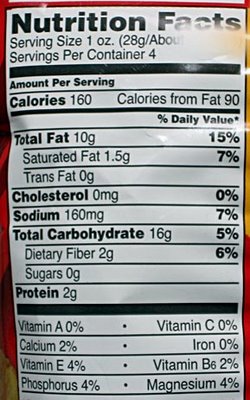
So when you get done with the ride, it behooves you to replenish all those lost nutrients, so your body will be fit and ready for whatever comes tomorrow. Sodium, magnesium, and potassium help stave off cramping (so does stretching properly before and after), and after a major effort you also want to put lots of carbohydrates (starches, sugars, fiber) back into your system to fire up the insulin secretion that starts to put glycogen back into the liver's stockpile. One recommendation is 1.5 g carbohydrate per kg of body weight in the first 30 minutes after exercise, and again every 2 hours for 4-6 hours after that. For me, that translates to 150 g of carbs. That's a tall order, but I try to at least have a bite.
Anyone wanna guess what fitness food's label is pictured above?
